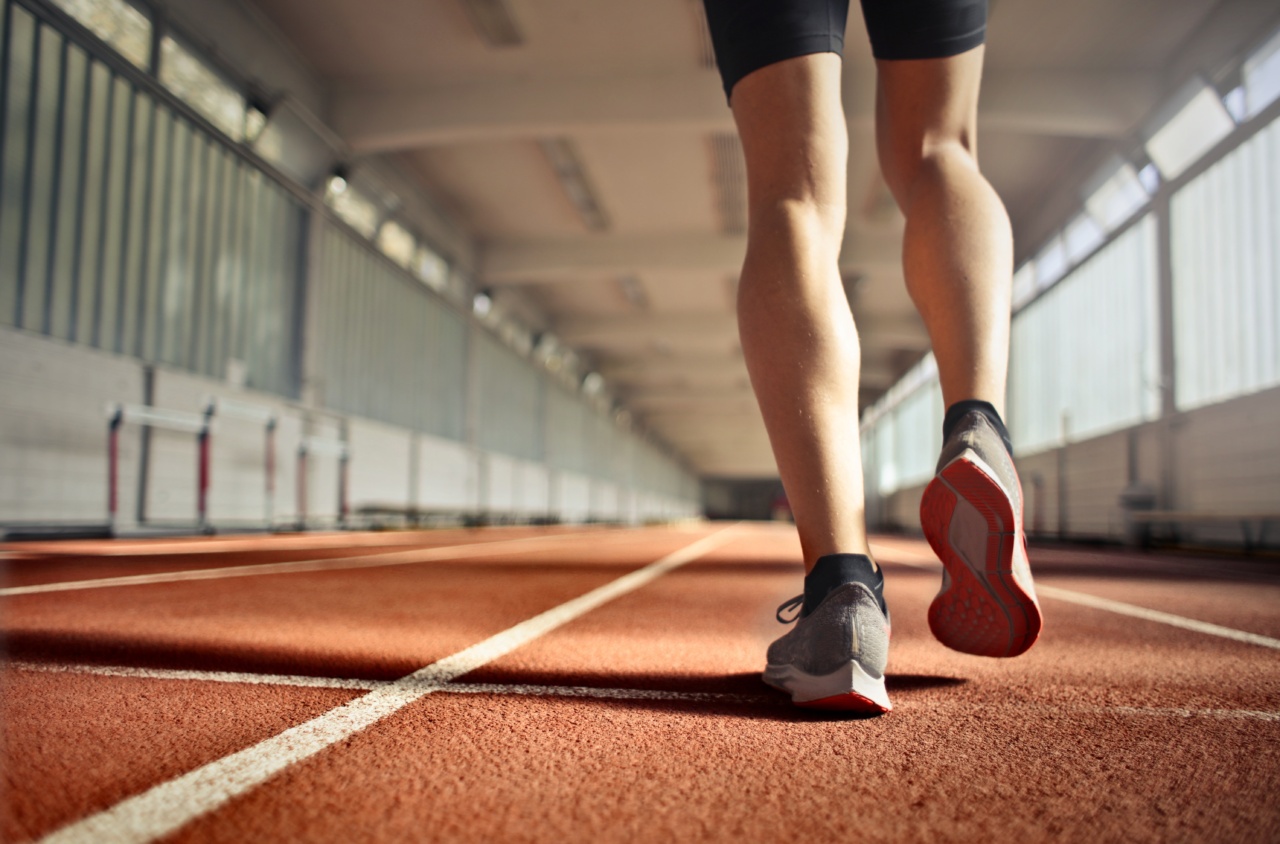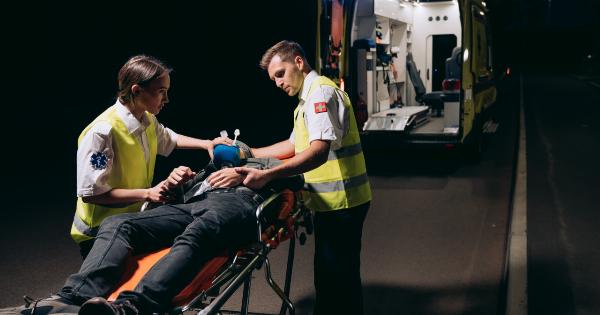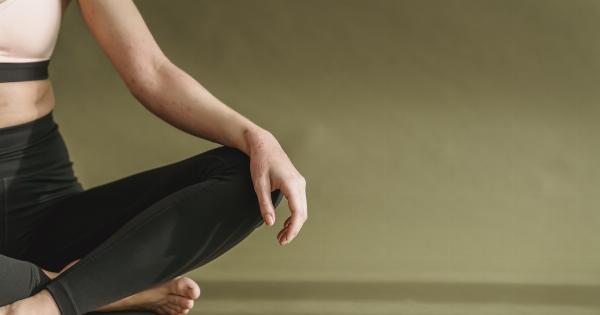Leg cramps, also known as muscle cramps or charley horses, are involuntary contractions of muscles that can cause significant discomfort and pain.
These cramps commonly occur during or after physical activity, affecting individuals of all fitness levels. While the exact cause of leg cramps is often unknown, there are several factors that can contribute to their occurrence.
In this article, we will explore the causes of leg cramps during exercise and provide useful tips on how to prevent and manage them effectively.
The Causes of Leg Cramps during Exercise
Leg cramps can be caused by various factors, and understanding these causes is crucial in finding the most appropriate solutions. Here are some common culprits behind leg cramps during exercise:.
1. Muscle Fatigue:
Prolonged or intense exercise can lead to muscle fatigue, where the muscles become overworked and strained. This fatigue can disrupt the normal functioning of muscles and increase the likelihood of experiencing leg cramps.
2. Dehydration:
Dehydration occurs when the body loses more fluids than it takes in, leading to an imbalance in electrolytes. This electrolyte imbalance affects muscle contraction and can increase the likelihood of leg cramps during exercise.
3. Electrolyte Imbalance:
Electrolytes such as potassium, calcium, and magnesium play a crucial role in muscle contraction and relaxation. An imbalance in these electrolytes can result in muscle cramps during physical activity.
4. Inadequate Warm-up:
Failing to warm up properly before exercising can lead to muscle tightness and reduced flexibility. These factors increase the risk of muscles going into spasm and causing leg cramps.
5. Poor Fitness Level:
Individuals who are relatively new to exercise or have a low fitness level may be more prone to experiencing leg cramps. As the muscles become accustomed to physical activity, the occurrence of cramps may reduce over time.
6. Poor Blood Circulation:
Inadequate blood circulation to the muscles, often caused by conditions like peripheral artery disease or sitting in a fixed position for extended periods, can contribute to leg cramps during exercise.
7. Mineral Deficiencies:
A lack of essential minerals, such as iron and potassium, in the body can increase the likelihood of experiencing leg cramps. These minerals play a vital role in muscle function and require proper intake through diet or supplements.
Preventing Leg Cramps during Exercise
While leg cramps can be inconvenient and painful, there are several proactive measures that can help prevent their occurrence during exercise. Consider the following tips to minimize the risk of leg cramps:.
1. Stay Hydrated:
Ensure you are well-hydrated before, during, and after exercise. Drinking an adequate amount of water helps maintain the balance of electrolytes in your body and reduces the risk of muscle cramps.
2. Gradually Increase Intensity:
Avoid overexertion and gradually increase the intensity and duration of your exercise routine. This allows your muscles to adapt and reduces the chances of experiencing leg cramps due to muscle fatigue.
3. Stretch and Warm Up:
Start every workout session with a proper warm-up routine. Incorporate dynamic stretches that target the muscles you will be using during exercise. This helps improve flexibility and reduces the risk of muscle cramps.
4. Ensure Sufficient Electrolyte Intake:
Include foods rich in essential electrolytes like potassium, calcium, and magnesium in your diet. Additionally, you can consider taking supplements, especially if you tend to sweat heavily during exercise.
5. Improve Blood Circulation:
To enhance blood circulation to your muscles, avoid prolonged periods of sitting or standing in one position. Engage in activities that promote blood flow, such as walking or gentle leg exercises, between periods of inactivity.
Managing Leg Cramps during Exercise
Despite taking preventive measures, you may still experience leg cramps during exercise. When a cramp strikes, the following strategies can help alleviate the discomfort:.
1. Stop and Stretch:
If you feel a leg cramp coming on, immediately stop exercising and stretch the affected muscle gently. Gently massaging the area can also provide relief.
2. Apply Heat or Cold:
Applying a warm compress or taking a warm bath can help relax the cramping muscle. Alternatively, using an ice pack wrapped in a thin cloth can help numb the area and reduce pain and inflammation.
3. Stay Active with Low-Impact Activities:
If you experience leg cramps during a specific exercise, consider switching to low-impact activities like swimming or cycling until the cramps subside. These activities put less strain on the muscles and joints while still providing a workout.
4. Rehydrate and Refuel:
If the leg cramps are caused by dehydration or electrolyte imbalances, replenish your fluids by drinking water or a sports drink. Eating a snack that contains essential minerals can also help restore electrolyte balance.
5. Consult a Healthcare Professional:
If leg cramps persist despite taking preventive measures and following appropriate management techniques, it’s advisable to consult a healthcare professional.
They can assess your situation and provide further guidance or suggest underlying conditions that may require treatment.































